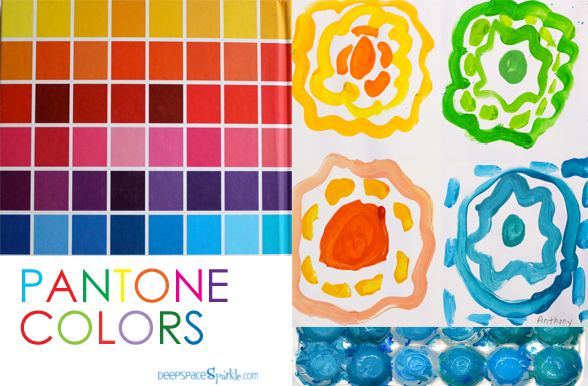
Color mixing is one of the most rewarding paint experiences in art class. Children love to squish, mingle and mix paint until there is nothing left but a big blob of muddy brown. We remedy that by teaching how to make secondary colors and that by adding white paint, they can achieve a myriad of shades.
Abrams Appleseed recently released a stunning picture book, Pantone Colors. Inside the dynamic cover reveals 9 wonderful colors and their glorious shades.
What a perfect aid for a paint lesson! My second graders learned a little bit about the art of selecting colors and wondered what it would be like to be a color selector at Pantone. The book is an exploration of colors and the children loved reading the different names associated with the colors. A few kids made up their own color names.
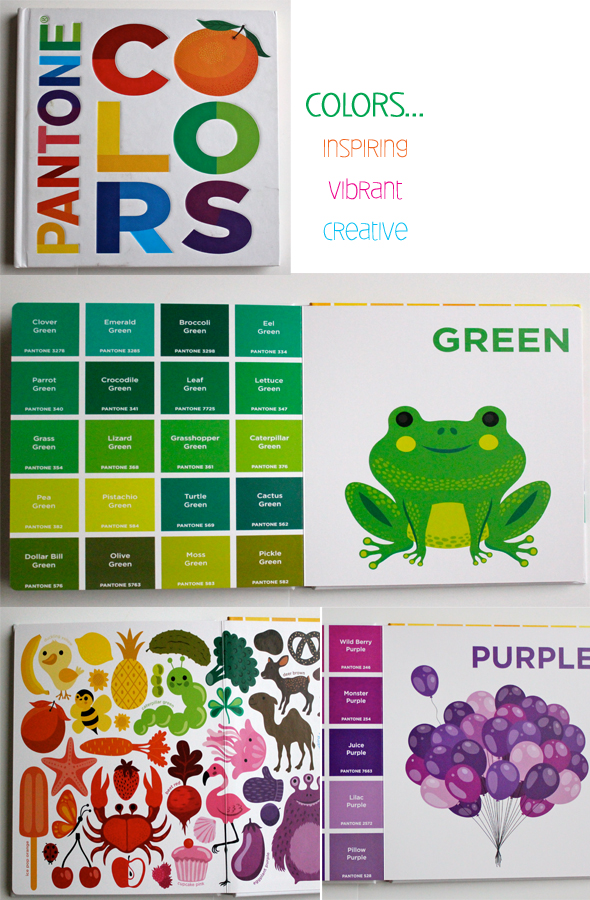
Creating Colors
There is no better way to teach color than to get messy with paint. I used tempera paints and put to use the dozens of styrofoam egg cartons on my shelf.
On each of six art tables, I set one egg carton filled with dollops of colored paint plus white. For example, on table #1, I filled a few “egg holes” with dark blue, light blue and white. On another table, I filled the carton with yellow, orange and white.
Children had the opportunity to mix their own colors using the colored paint, plus adding small bits of white. There was no exact science behind which colors I set out, but if you think about the ultimate goal of the project, it helps to define your palette choices.
For instance, in the “yellow” container, I poured yellow, white and orange paints with the hopes that the children would mix a bit of orange into the yellow to achieve different shades.
Making patterns
I cropped my standard 12″ x 18″ white paper into 12″ squares. The children folded their squares in half and then again to make 4 sections in which they could paint their patterns.
My instructions were to take their paper to a table (color) of their choice and paint a radial design in each quarter. The idea was to start with one color and paint a small design, then mix white into the same color and paint another design. Repeat the process until the quarter was filled with their design. When the quarter is filled, they take their paper and move onto their next table (color) of their choice. They can choose 4 tables.
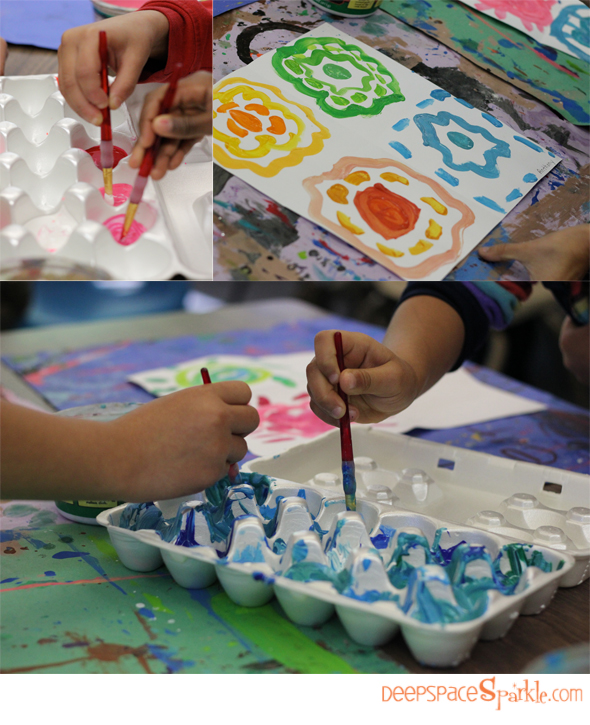
These instructions are best demonstrated as the process is very visual. Many children will understand that each quarter should contain one color and their varying shades (as the book illustrates) but some children will not be able to help themselves and will add every color to every section.
And who can blame them? It’s hard to limit yourself to one color palette!
Second Grade Paint Patterns
I think there are many future Pantone colorists in my art class and perhaps a few fabric designers! Aren’t they beautiful?
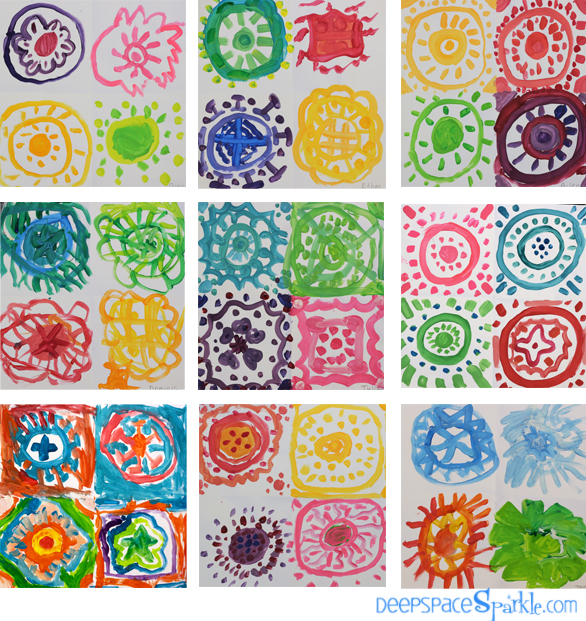
ARE YOU A SPARKLER? Over 300 art lessons are available inside the Members Club. Access to videos, resources & trainings for one low monthly fee.
CLICK THE IMAGE TO SIGN UP FOR NOTIFICATION OF OUR NEXT ENROLLMENT


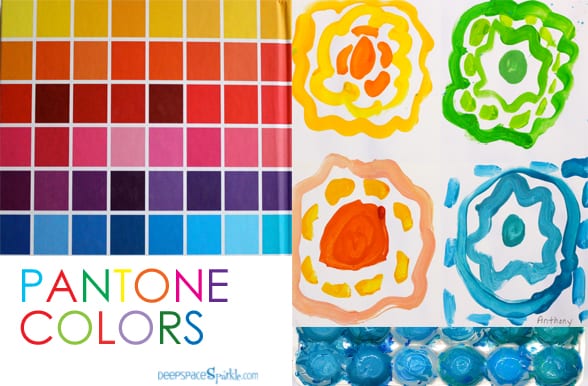





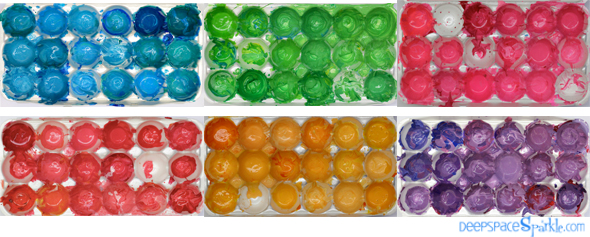






I have often thought of my students become textile designers after seeing the patterns they come up with… I specifically remember speaking to one 3rd grader about her beautiful designs after doing a project based on Gustav Klimt’s Baby (Cradle) painting. Maybe I planted a little seed? 🙂
Patty you have the most wonderful way of looking at a book and designing the coolest lessons! I could just dive into those colors they are all so beautiful! Spring has sprung!
:)pat
Pat, you have the most wonderful way of making my day! Thanks for your lovely comments!
What a neat book and a great way to use it in your classroom. 🙂 Love all the colors!!
I love this book! The colors are so vibrant! Where do you find such great books? Thank you for sharing them with the rest of us! I’m off to purchase my own copy…
Muddy
I hadn’t discovered this wonderful book yet, so thanks for sharing it! Since I go “room to room”, I’ll have to adapt this by just giving everyone their own palette of colors. I do something similar with my Kandinsky lesson, but it will be fun to have them design each section using tints and shades of just one color. Can’t wait to try this – thanks for the idea!!
Certainly a great addition to your art library. Can the kids push their desks together? Then maybe you can cover with a large sheet of paper. Sharing is the way to go here! I think I’d go crazy if I had to set up individual desks.
What techniques do you use to make sure students are evenly distributed among the tables (colors), and to keep them moving along promptly?
Hi Cheri,
I only have 5 chairs at each table, so if a chair is taken, there isn’t any room. Once a child vacates a seat, another child can sit there. Think musical chairs! Moving around really isn’t a problem at all. The children can easily self-pace themselves and for those who can’t, I’m there to help them. I did have one child who just wanted to stay at the yellow table. Just loved all that yellow, I guess. Totally fine with me!
This enables kid’s specialties and levels of experience to make the best color of their choices. Interesting!
Hi Patty,
I love this! I made a sample yesterday during plan time. I’m totally going to do this with my 4th grade. We have to cover radial design and tints with them (Missouri).
Thanks for the cute lesson.
~Heidi
Hello Patty,
I am looking forward to trying this wonderful lesson with our afterschool classes! How did the students manage the paint brushes? Were there brushes at each table? Did they clean the brushes before they left? What sort of directions were given to the children regarding the brushes?
Also, did you have a separate lesson on raidal design prior to this lesson?
Thanks so much! We genuinely appreciate your direction and help!
Jane
Hi Jane,
Put a plastic container filled with water on each table so the kids can clean them…just like any regular painting project.
No separate lesson for radial design.
Thanks so much for sharing the book and for this project idea!
Hi Patty,
I love, love, love your site and greatly appreciate your willingness to share all of your amazing art projects! With the egg cartons, at some point are all the wells used up so that if the next group comes they may just have to use the colors that are already mixed and occupying the wells? Thanks so much!
My goal was to remove the cartons and replace with new ones as the classes transitioned, but the old cartons became such an interesting experience for the kids. They loved to see the colors and swirling their brushes in the paint was a huge sensory experience for them. The cartons don’t contain much paint, so be generous with the cartons.
Thanks Patty! What a great looking book! I just ordered it from Amazon and think it will be the perfect tool for my first art classes of the semester. Great ideas, as always- you’re awesome!
I’m so glad! The book is fantastic. I love the aesthetics of it and it inspires so many lessons.
I love it. Although, with the price of eggs, I do not have so many cartons in my house, I see I can purchase them ( 20 for $12 or so, Love the project having worked in the fashion industry where Pantone is king.